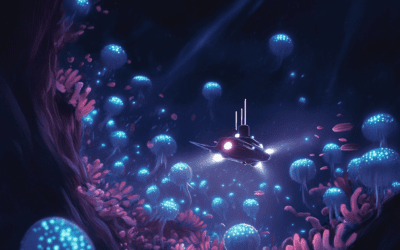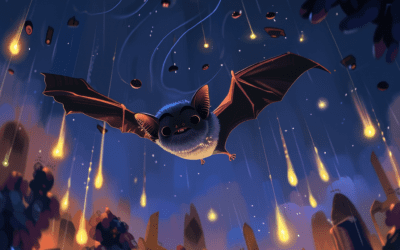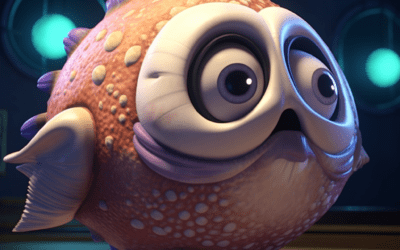Why Don’t Penguins Fly?
Penguins are fascinating creatures that captivate our attention with their waddling walk and charming demeanor. One of the most distinct characteristics of penguins is that they do not have the ability to fly like other birds. But have you ever wondered why don’t penguins fly? Let’s explore this interesting question and discover the reasons behind it.
Anatomy and Adaptation
Anatomy refers to the physical structure of living organisms. Penguin anatomy is specifically adapted for life in the water rather than the sky. Penguins have heavy, solid bones that make it difficult for them to achieve the lift necessary for flight. Their wings, called flippers, are flat and modified to help them navigate through the water with ease. These flippers are not ideally shaped for soaring through the air like the wings of flying birds.
Feathers play a critical role in the flight capabilities of birds. Penguins have dense, short feathers that trap air and provide excellent insulation in the cold waters they inhabit. However, their feathers lack the streamlined shape necessary for efficient flight. The feathers of flying birds are designed to reduce drag and create lift, enabling them to soar gracefully through the air.
Adaptation to Aquatic Life
Penguins have evolved to be superb swimmers, allowing them to excel in their marine habitats. Their wings, designed for underwater propulsion, enable them to dive and maneuver skillfully. Penguins are known for their incredible diving abilities, reaching depths of over 1,700 feet (500 meters) in search of food. With their short, stubby wings, penguins can use a technique called “porpoising” to rapidly move through the water by leaping in and out like dolphins.
Trade-offs and Survival Strategies
While penguins may have lost the ability to fly, their unique adaptations have allowed them to thrive in their own niche. By sacrificing flight, penguins have gained advantages in swimming, diving, and catching prey. Their streamlined bodies and specialized feathers contribute to their hydrodynamic efficiency, which enables them to swim swiftly while conserving energy.
Living in Chilly Environments
Another important reason why penguins do not fly has to do with their natural habitats. Penguins primarily inhabit cold regions, such as Antarctica and other sub-Antarctic islands. These environments provide an abundance of food sources, such as fish, krill, and squid, which are essential for their survival. The cold waters act as a natural refrigerator, preserving the penguins’ food sources and making it easier for them to hunt and feed.
Summary
Penguins do not fly due to their unique adaptations to life in the water. Their anatomy, including heavy bones and modified flippers, is not suited for flight. Instead, penguins have evolved to be exceptional swimmers, enabling them to navigate the ocean depths with agility. Their streamlined bodies and specialized feathers contribute to their efficient movement through the water. While they may not soar through the skies, these charismatic creatures have found their own remarkable ways to thrive in their chilly environments.












